Reportar esta entrada
Más sobre la misma comunidad-colección
Catedral de St. Patrick - 1920
Located downtown, the Cathedral is a work of art and it is an El ...
Espectáculo de Navidad Fred Loya - Video II - 2016
The yearly tradition of Fred Loya’s Christmas Light Show is ...
Navidad de Fred Loya - Video III - 2016
Fred Loya's Christmas Show - Video III - 2016 The yearly ...
Conozca a Fred Loya - Navidad 2016 - Video
‘Tis (almost) the season for the annual Christmas pilgrimage ...
Obispo Armando Xavier Ochoa - 1996
Bishop Armando Xavier Ochoa was born in Oxnard, California, in ...
Festival de invierno- Globo de nieve - 2016
Snow Globe - the public can take their photograph inside a giant ...
Museo de Historia de El Paso - 2016
During the opening of the San Jacinto Plaza during the Christmas ...
Museo de Historia de El Paso - 2016
During the opening of the San Jacinto Plaza during the Christmas ...
Museo de HIstoria de El Paso- 2016
During the opening of the San Jacinto Plaza during the Christmas ...

















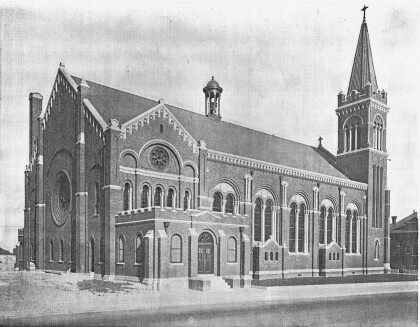

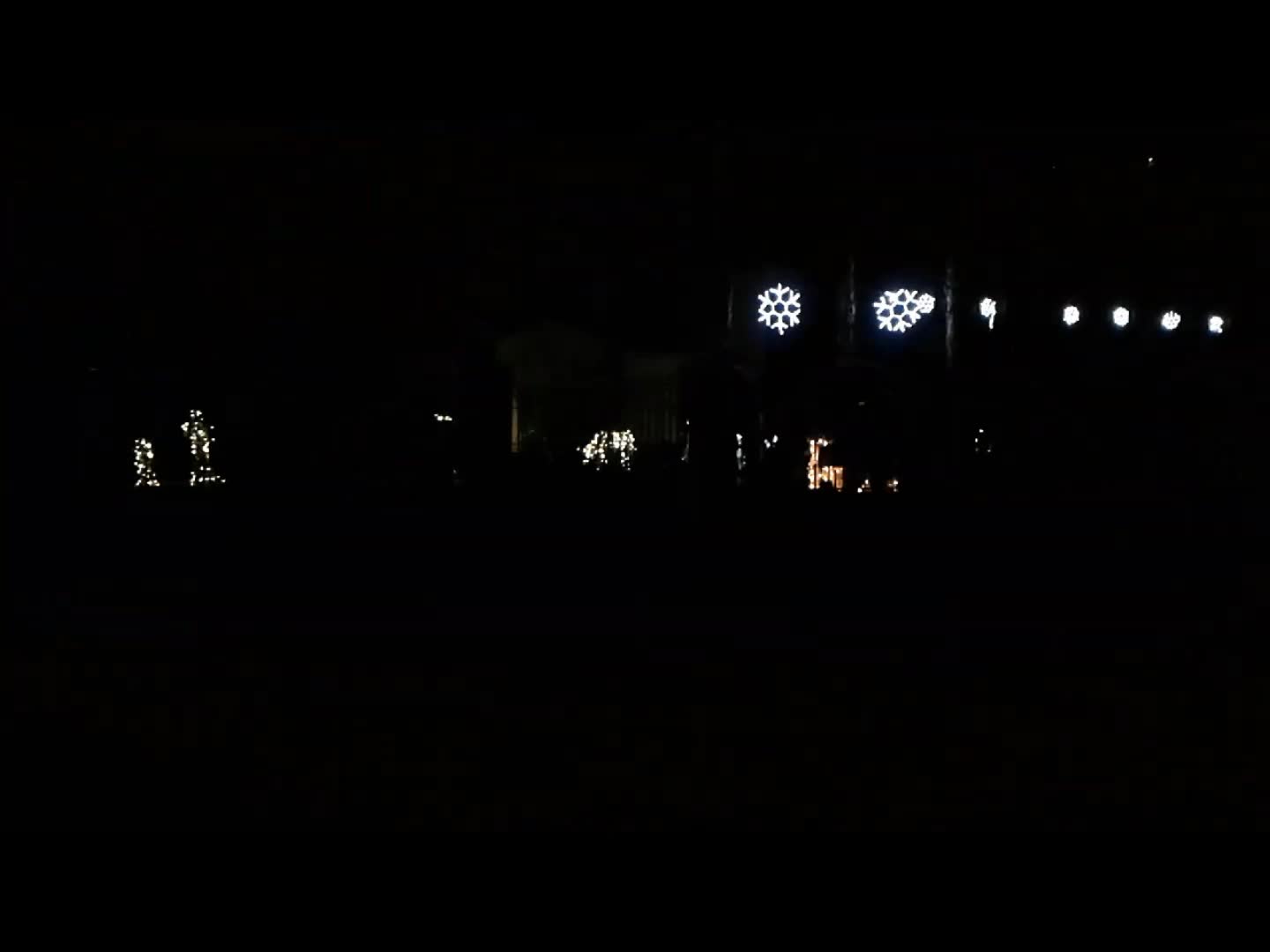
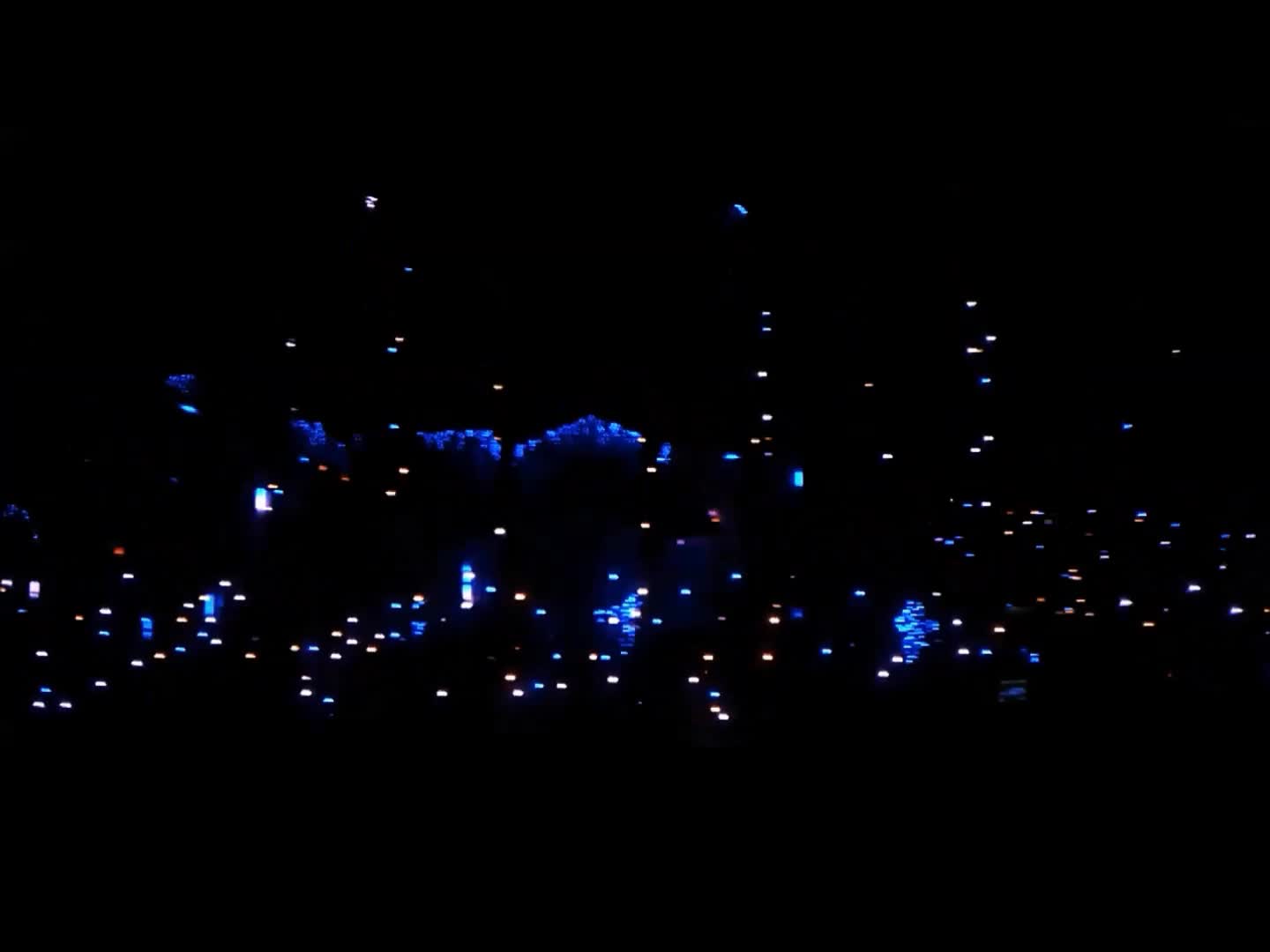
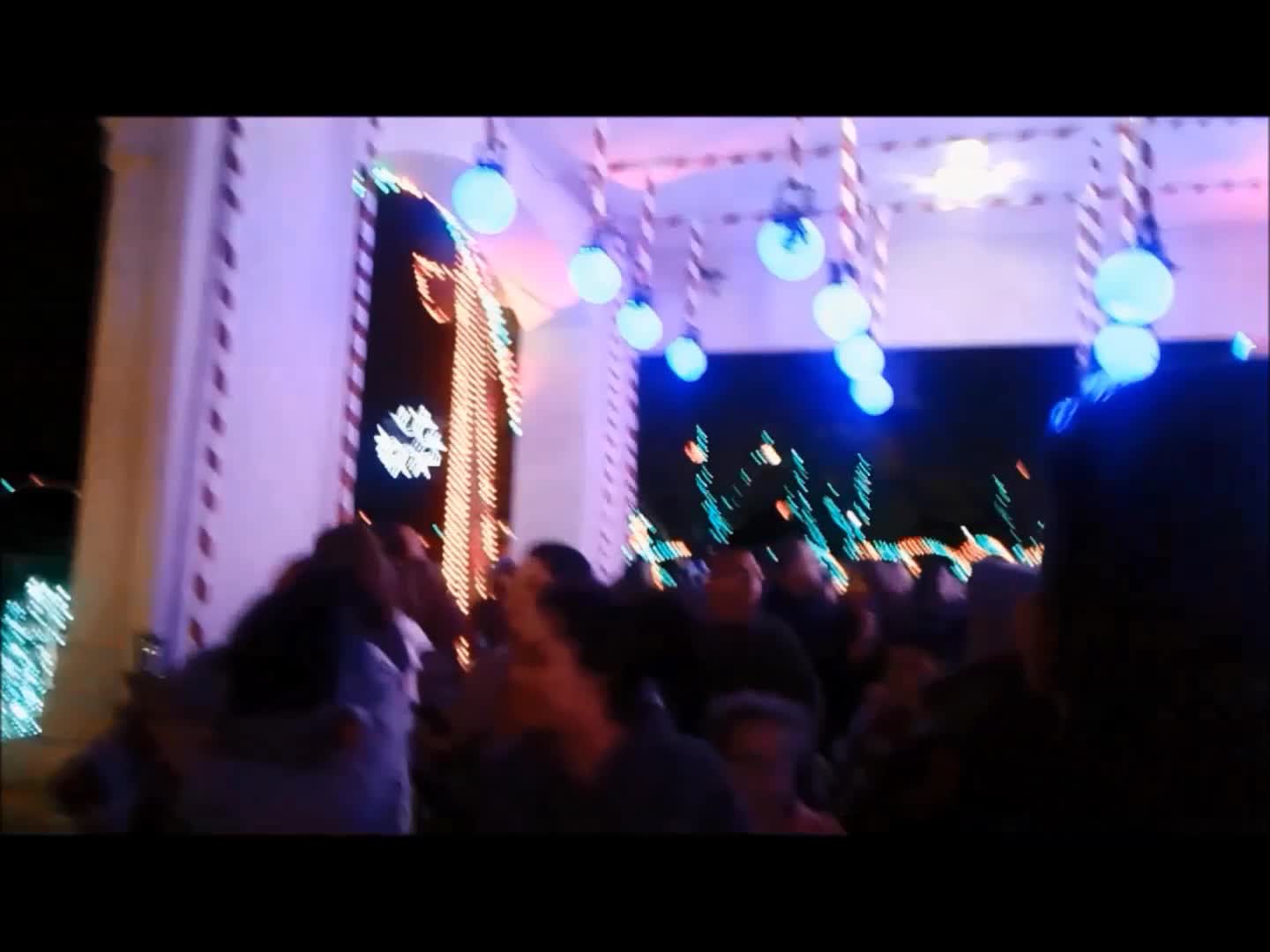


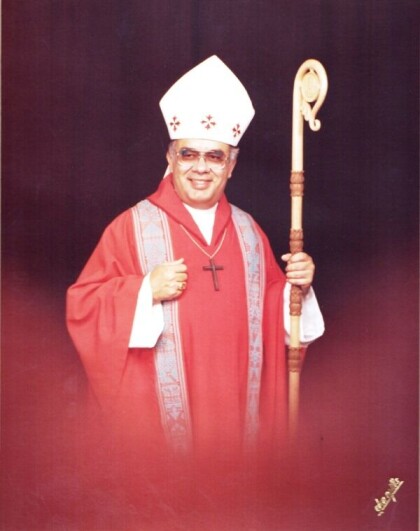

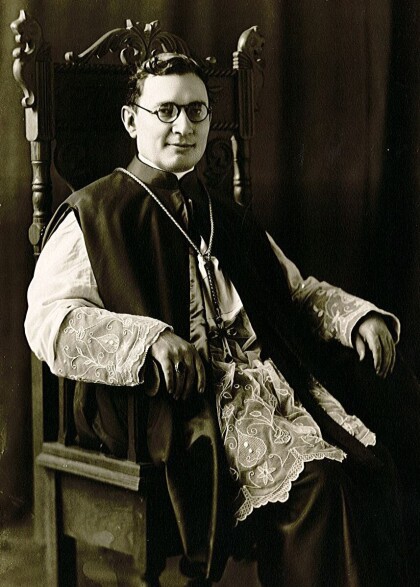
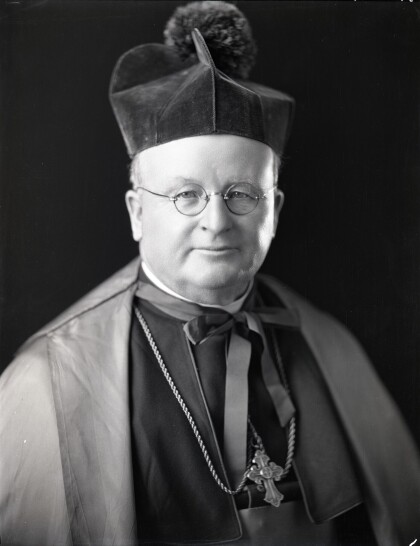

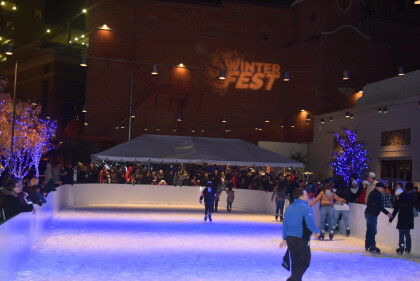
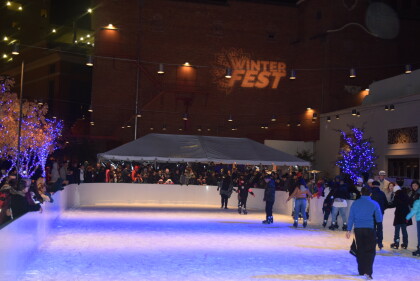

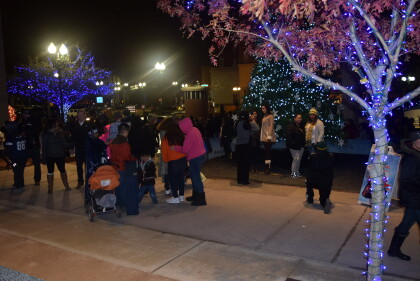

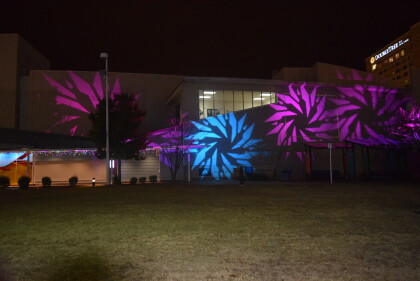
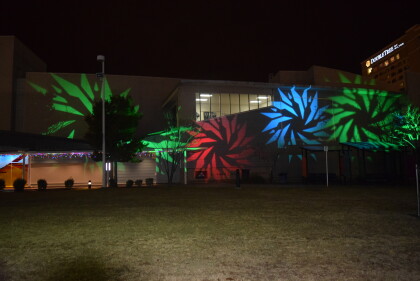
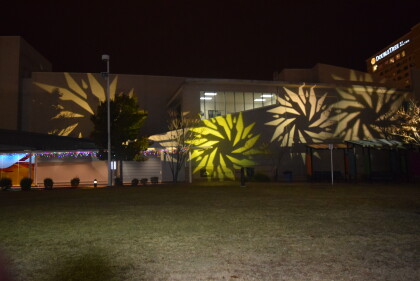
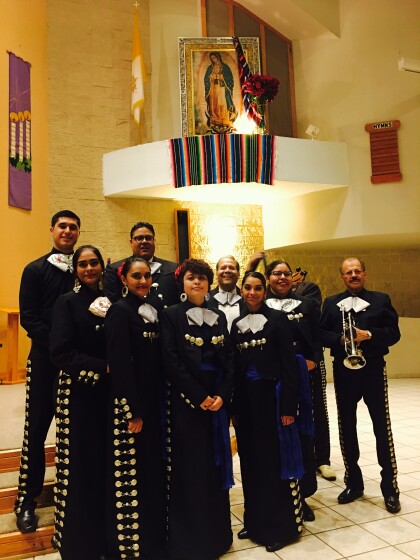
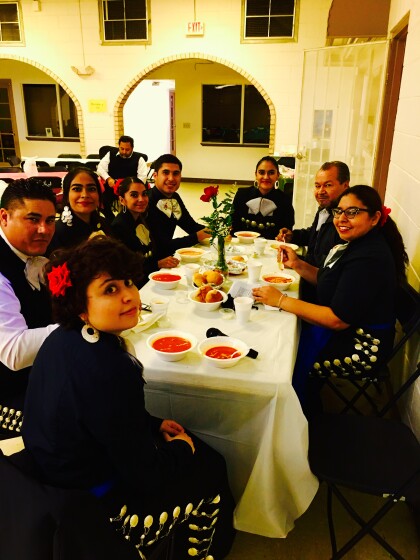
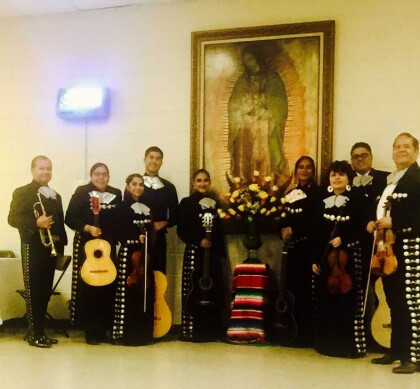
Comentarios
Hacer un comentario